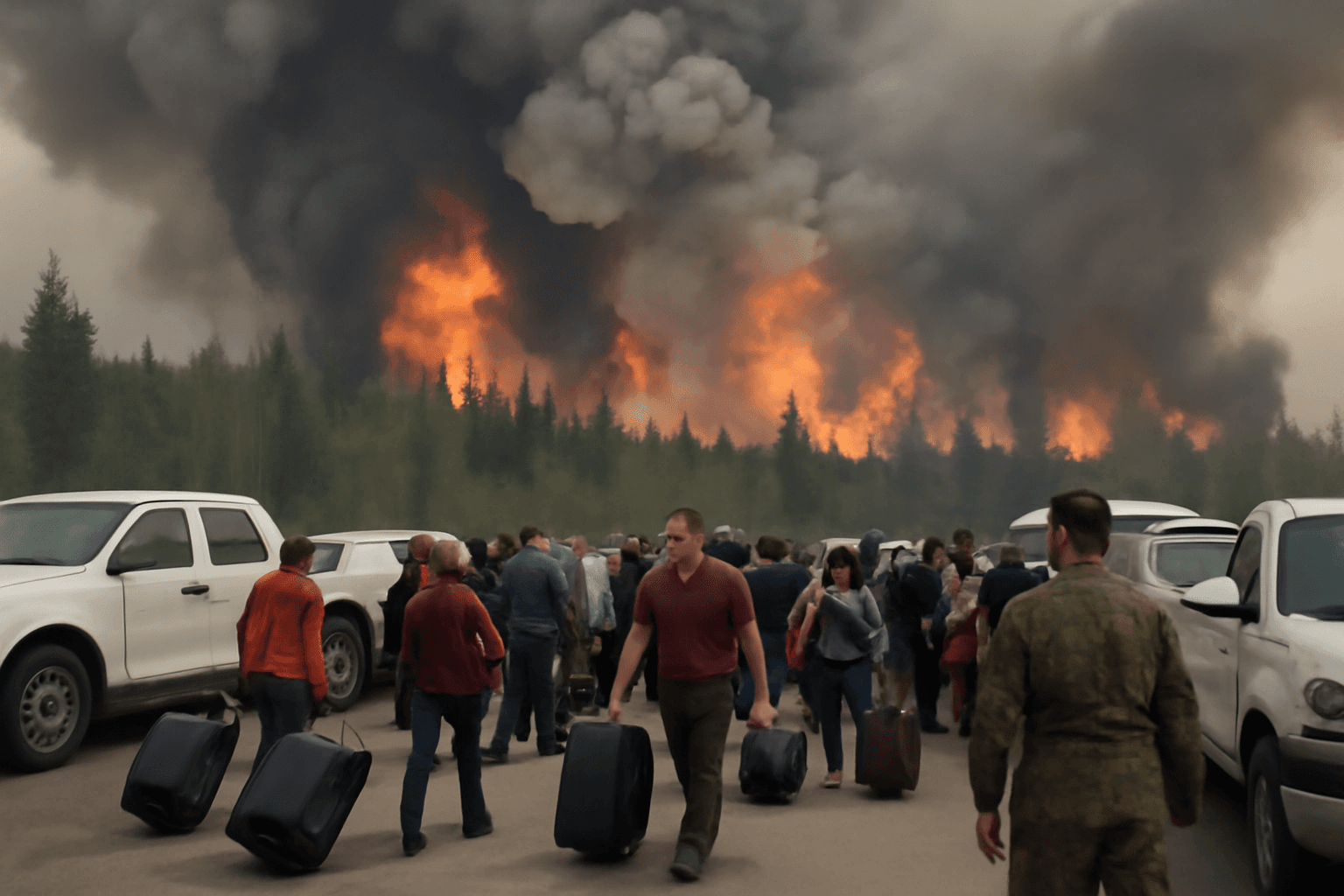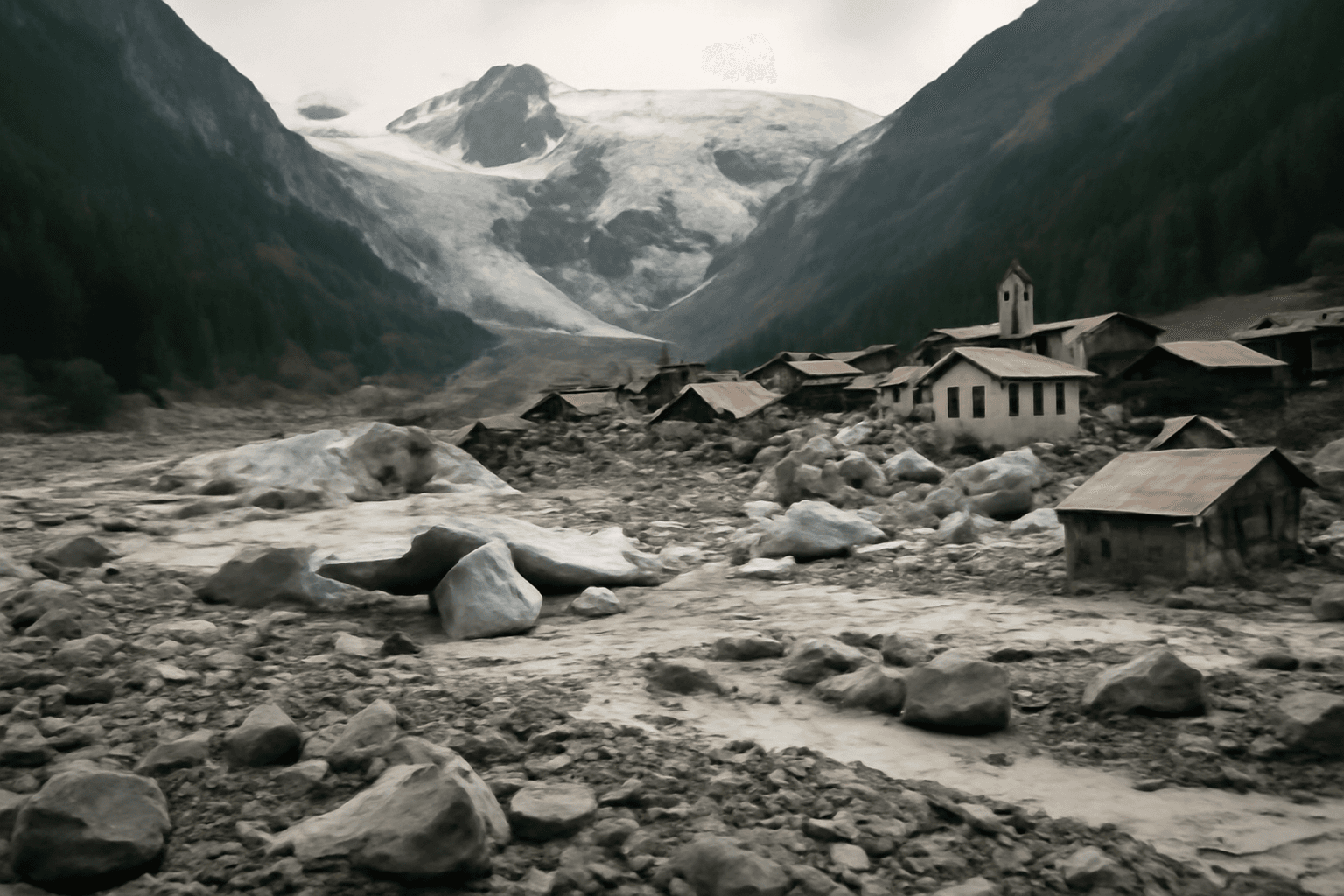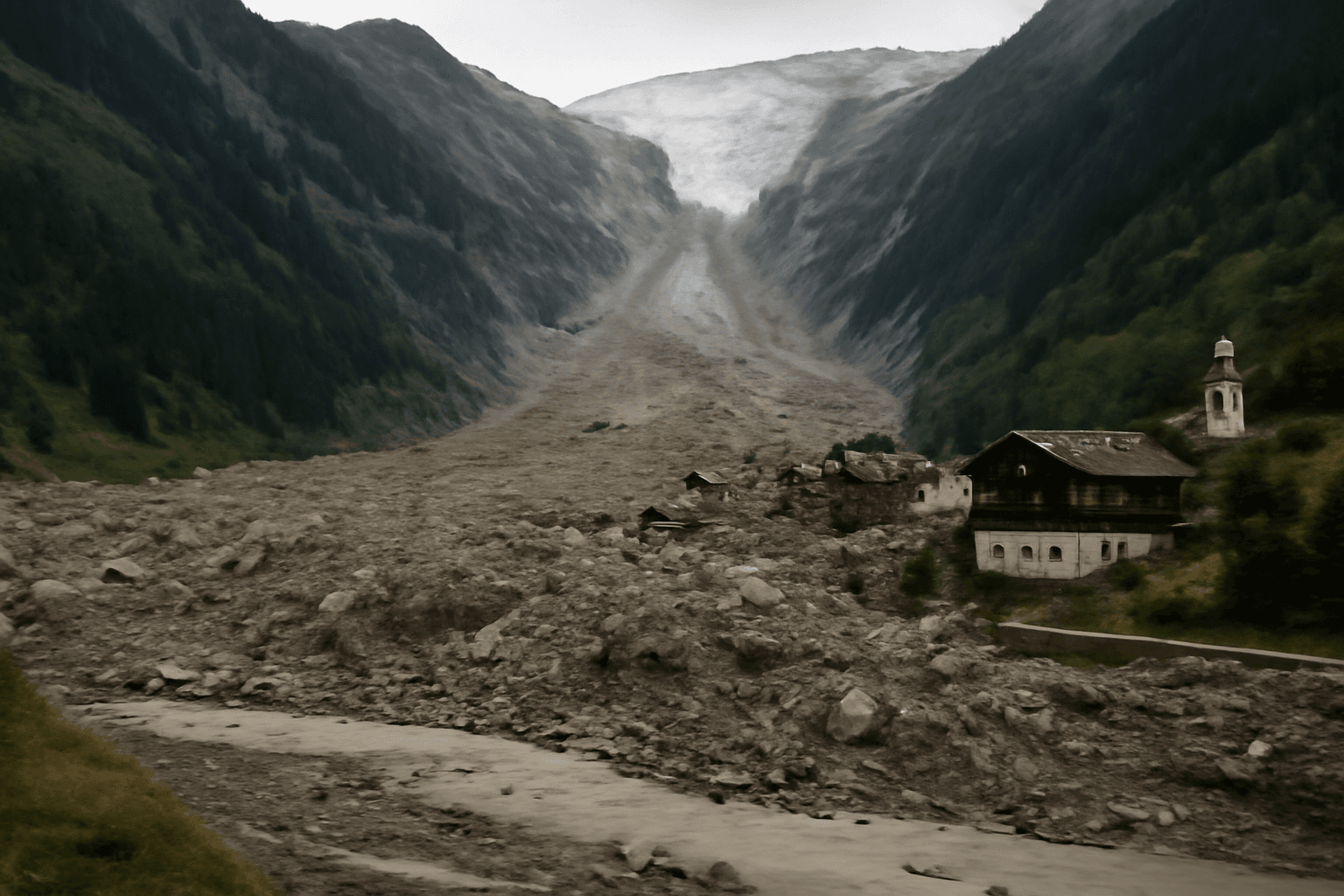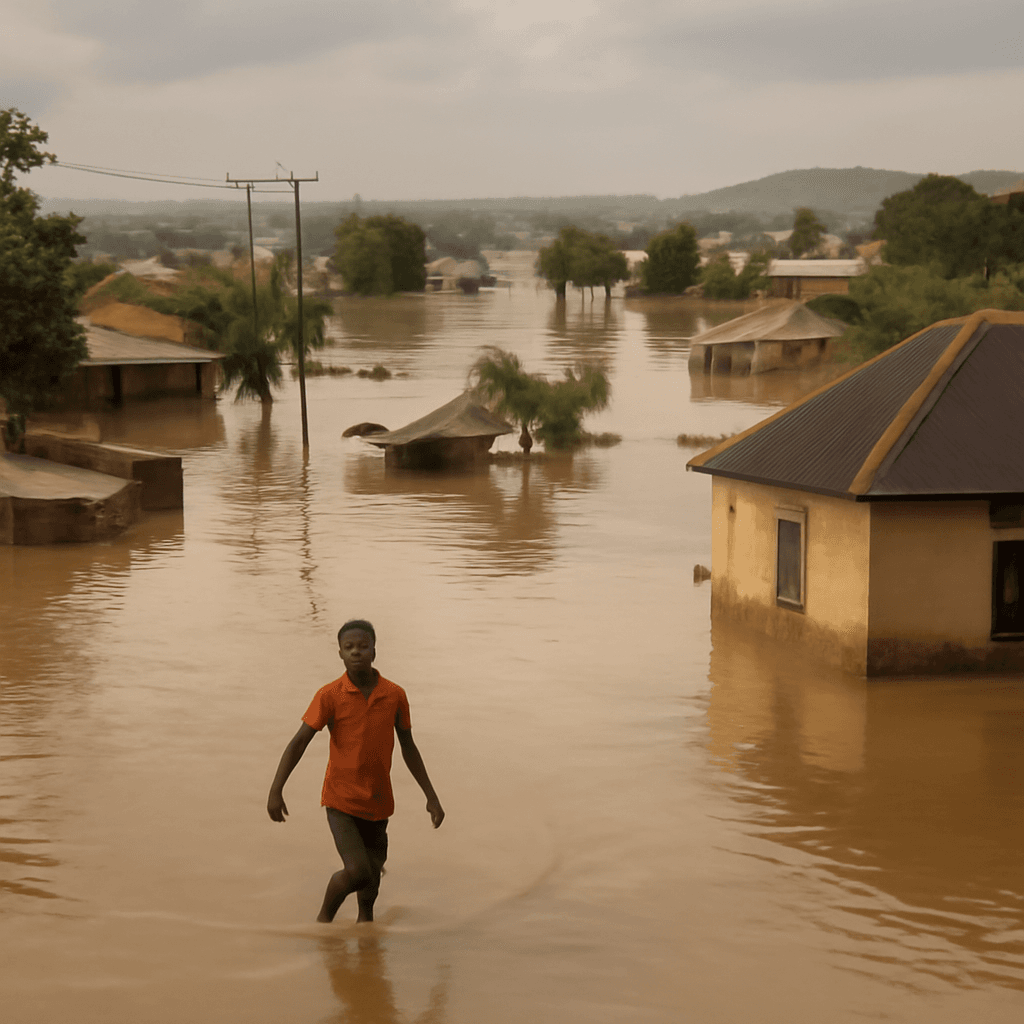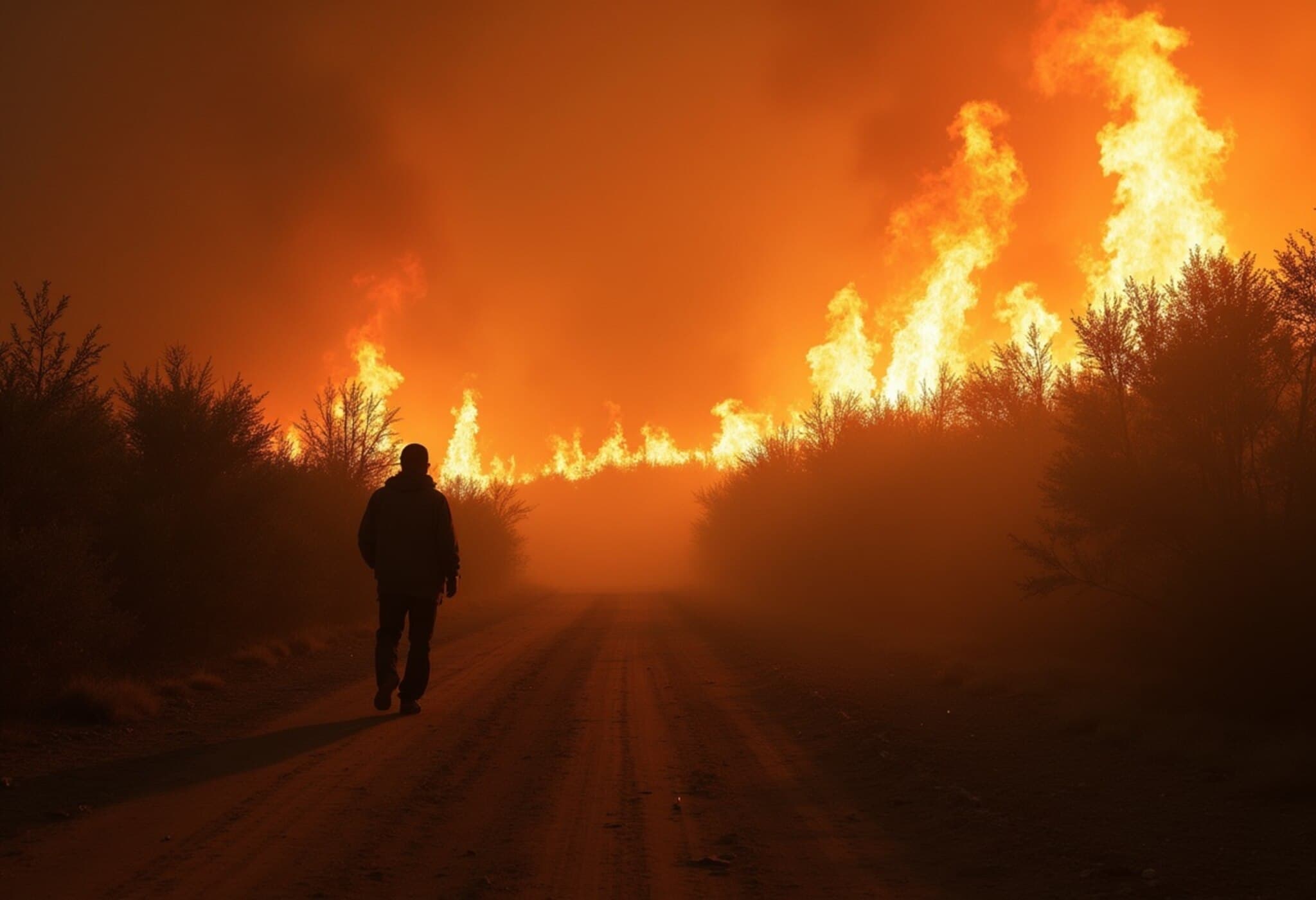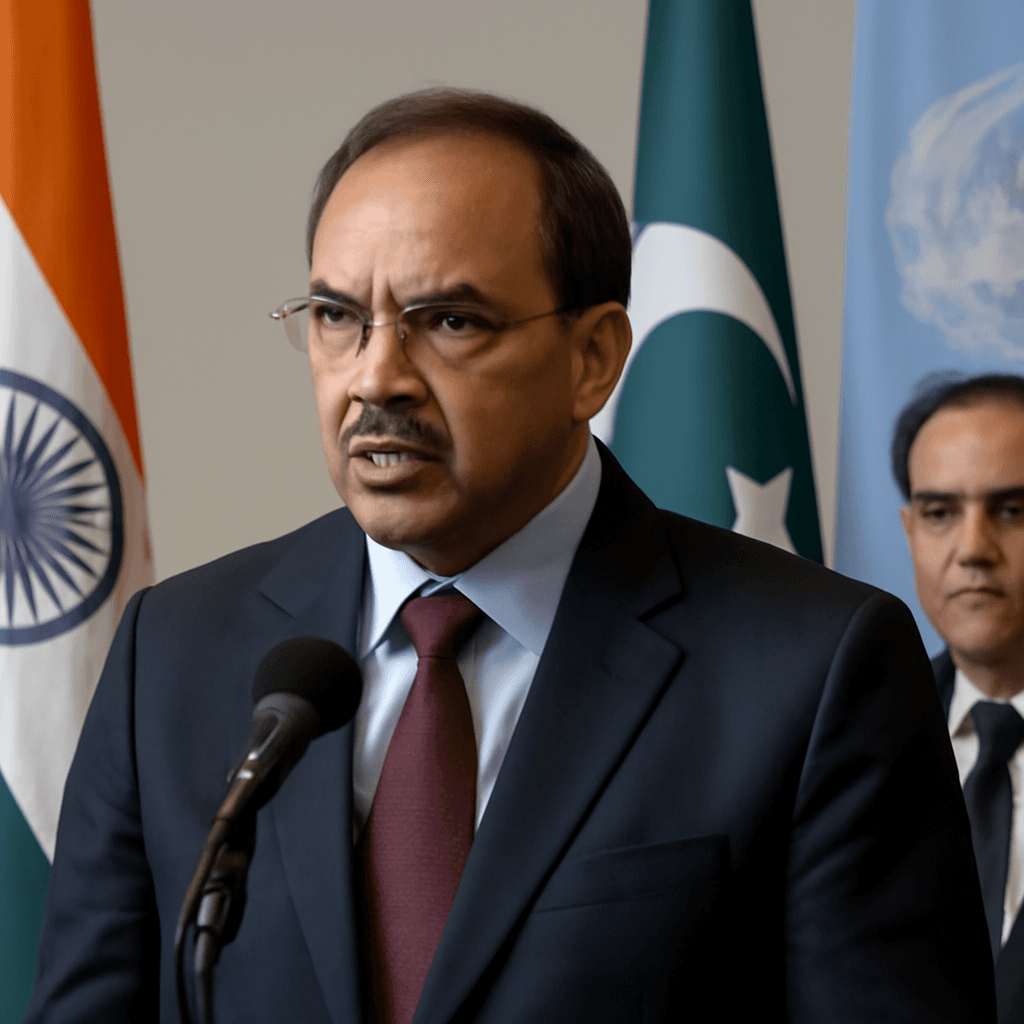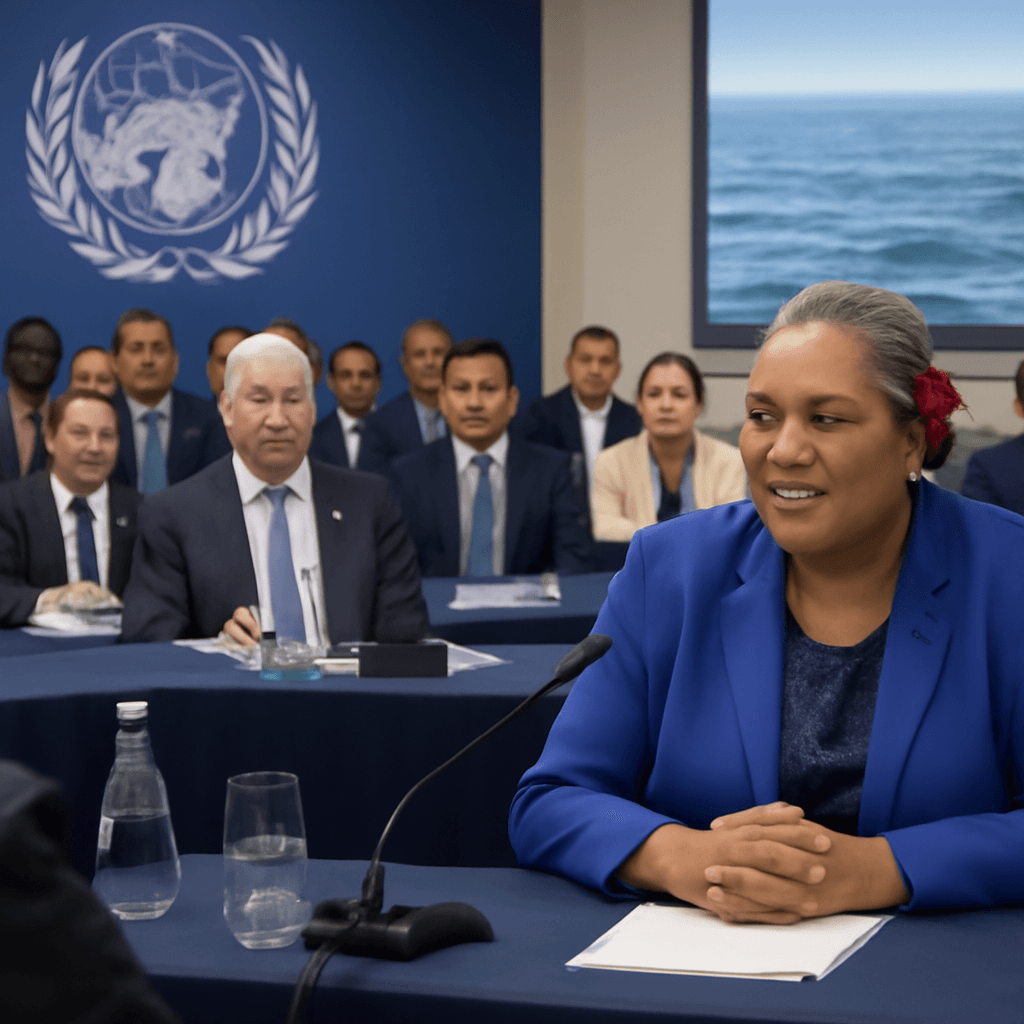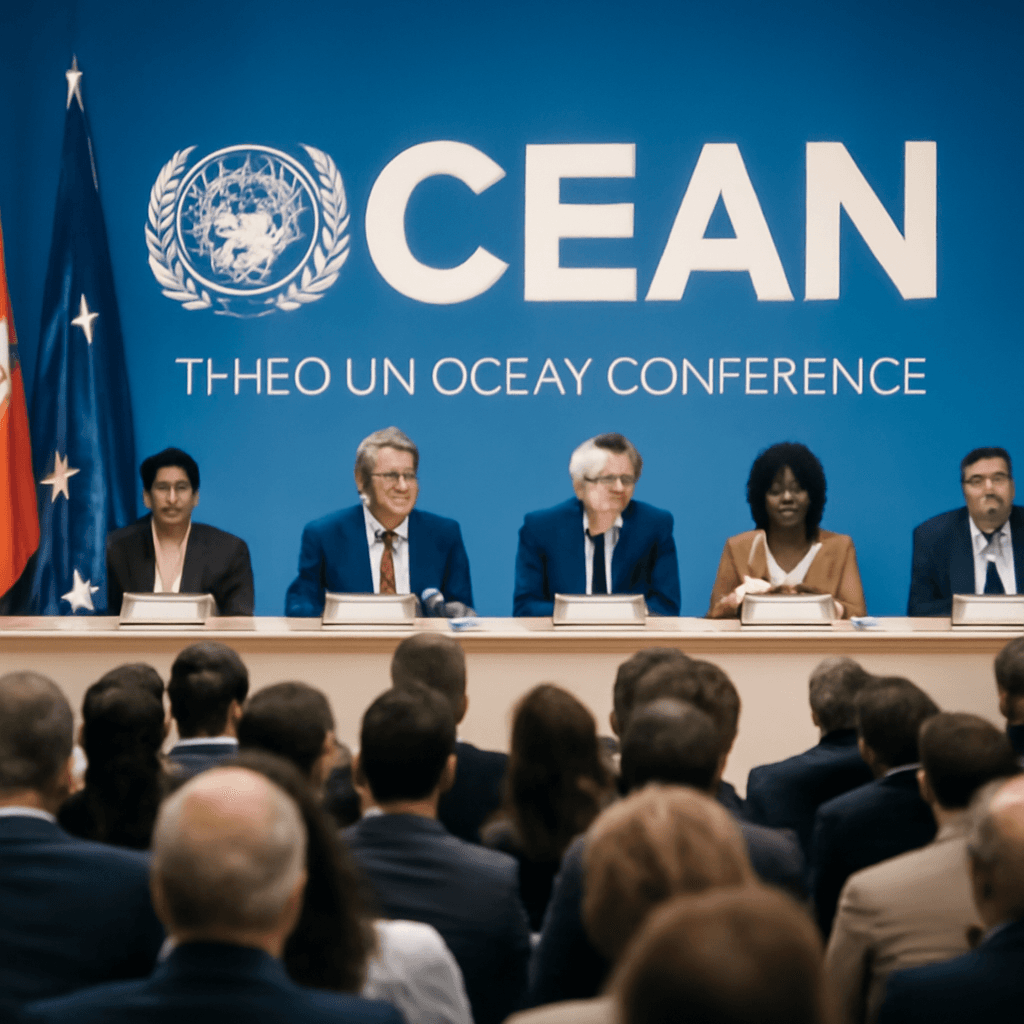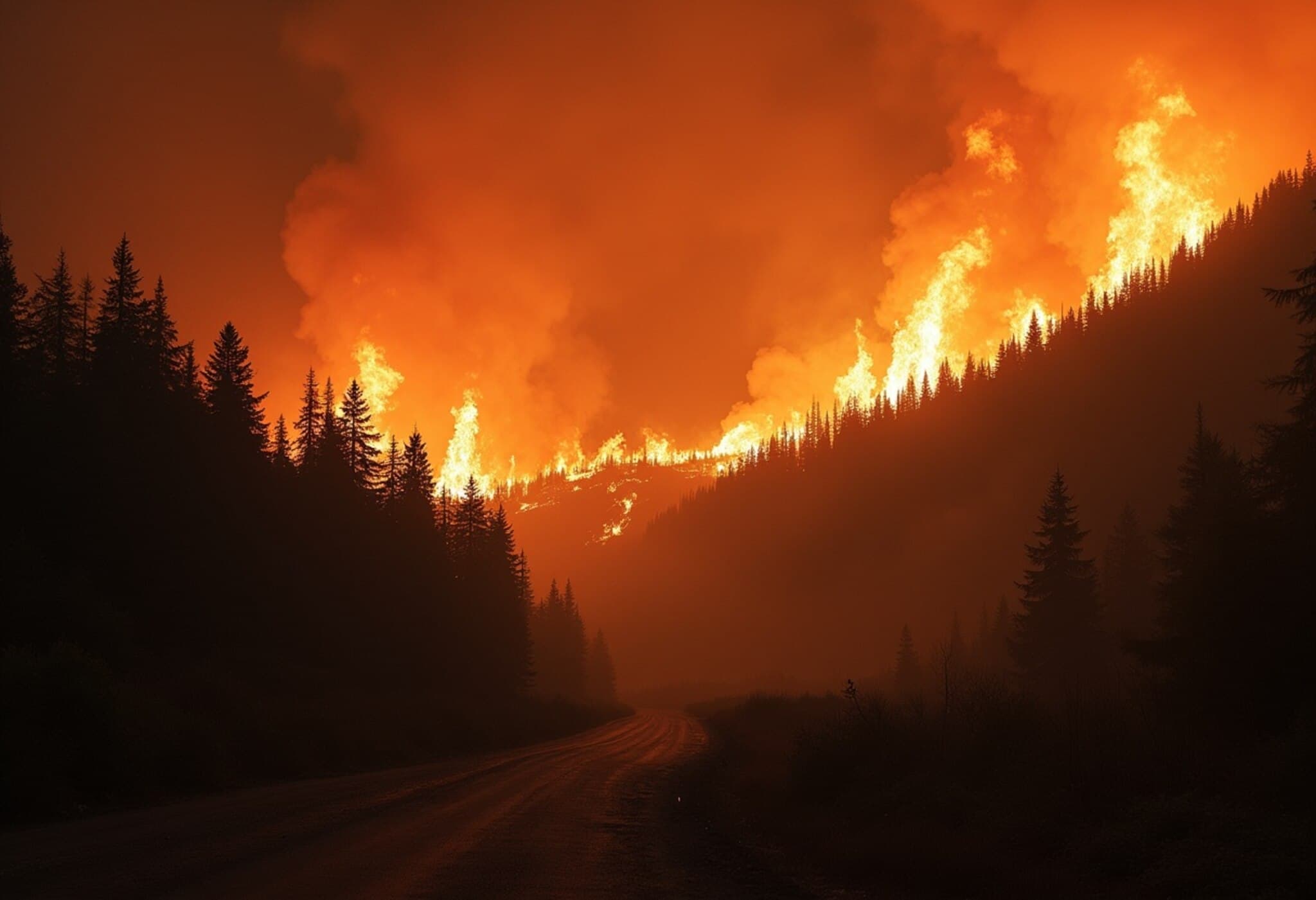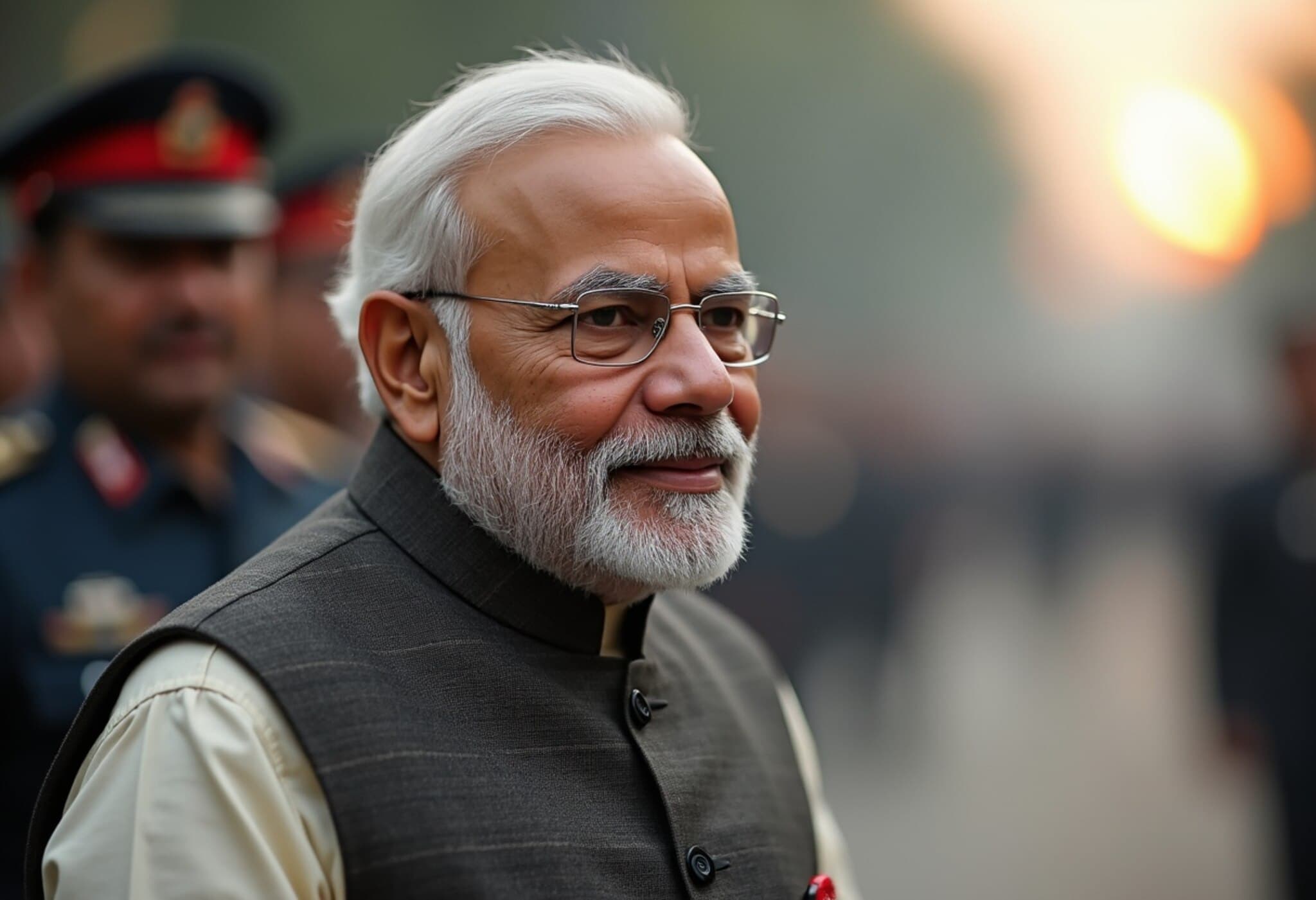Kabul’s Water Crisis: A dire warning for the world’s capitals
Kabul, the bustling capital of Afghanistan, stands alarmingly close to becoming the first major capital city in the world to completely run out of water. According to a sobering report from Mercy Corps and corroborated by the United Nations, nearly six million residents face a humanitarian catastrophe as water scarcity deepens across this mountainous city.
What’s driving Kabul’s water emergency?
The water shortage in Kabul is not sudden but the accumulated result of decades of challenges – a rapidly growing population, poor water resource management, and the severe impacts of climate change. These factors have driven groundwater reserves to dangerously low levels. Alarmingly, almost half of Kabul’s boreholes have dried up, and the city currently extracts an estimated 44 million cubic metres more groundwater annually than nature can replenish.
Experts point to diminishing snowfall and glacier melt from the Hindu Kush mountains as key contributors. Reduced snow-pack means the natural reservoir feeding Kabul’s underground aquifers is shrinking. Without corrective action, this imbalance is unsustainable.
The human toll: Daily struggles and rising health risks
For ordinary Kabul residents, this crisis is deeply personal—and often heartbreaking.
- Children like Hamed’s two, aged 9 and 13, are skipping school to stand in long lines to fetch water.
- Families frequently wake uncertain whether they will have enough water to cook, bathe, or even brush their teeth.
- Women face added vulnerability due to sociopolitical constraints that limit their safe access to water sources.
- Water quality is dangerously compromised—up to 80% of groundwater is polluted with sewage and waste, causing widespread illness.
Ahmed Yasin, who spent months saving $550 to dig a 120-meter well, admits the struggle: they must boil water for safety but can’t afford proper filtration. Sayed Hamed recounts frequent illnesses linked directly to contaminated water, reflecting a broader health crisis intertwined with the scarcity.
Economic desperation and the ripple effects on education
With piped water scarcely reliable, many rely on costly water tankers—an expense beyond the reach of many families. The crisis is not just about water scarcity but reverberates across Afghanistan’s fragile economy and social fabric.
Experts like Marianna Von Zahn from Mercy Corps describe the situation aptly: it’s “not just a water issue—it’s a health crisis, an economic crisis, and a humanitarian emergency all rolled into one.”
One crucial but underappreciated impact is on education. Children miss out on school hours fetching water, stunting their opportunities amid an already unstable environment.
Compounding factors: Political turmoil and shrinking aid
The ongoing political instability since the Taliban’s return in 2021 has severely slowed international humanitarian support. Funding necessary for water and sanitation projects has been drastically cut—only $8 million of the estimated $264 million required was delivered by early 2025.
The halt in US development aid earlier this year has further tightened these lifelines.
Looking ahead: What does Kabul’s crisis mean globally?
Kabul’s water emergency sounds a global alarm bell about urban water security amid climate change and political volatility. It underscores the urgent need for comprehensive policies integrating water conservation, climate adaptation, infrastructure investment, and international cooperation.
For Kabul’s residents like Raheela, the future feels precarious: “We won’t have any other choice but to be displaced again,” she laments. This reflects not only a city on the edge but a broader phenomenon of climate displacement threatening vulnerable populations worldwide.
Editor’s Note
Kabul’s looming water crisis vividly illustrates how intertwined environmental degradation, political instability, and humanitarian concerns can be, compounding human suffering to catastrophic levels. This is a wake-up call—not just for Afghanistan but for the international community—on the critical importance of sustainable water management and sustained global aid commitments.
As we watch Kabul stand at the brink, we must ask: what lessons does this hold for other cities facing similar pressures? How can global governance and grassroots resilience come together to prevent such emergencies? The answers will shape our collective future in an increasingly water-scarce world.


